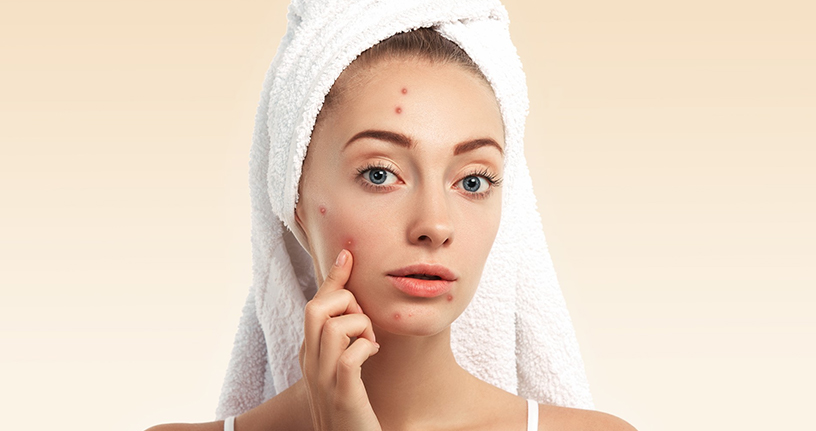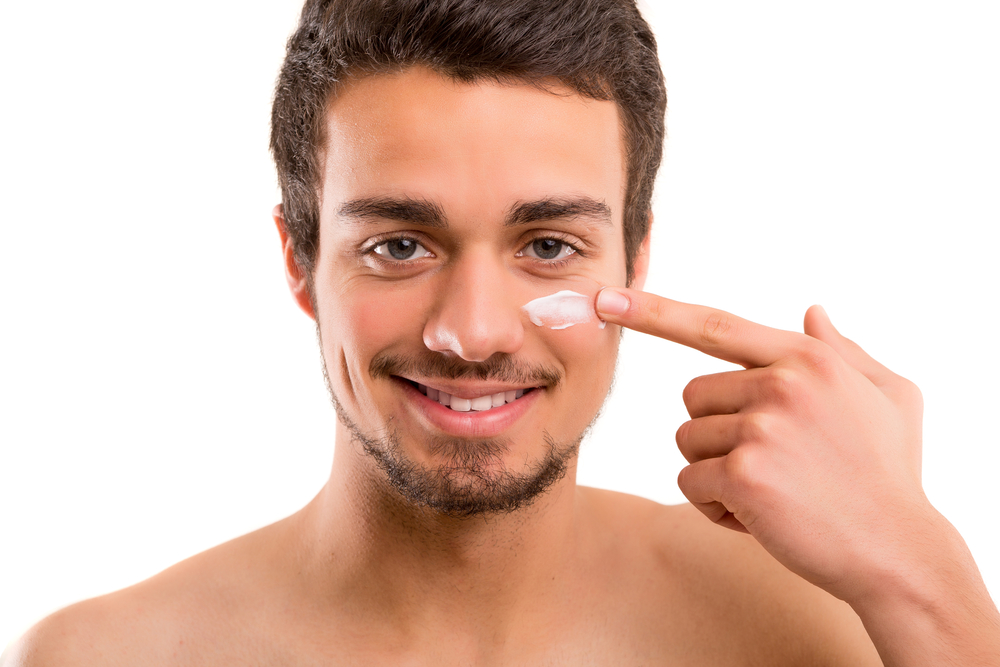Explore the differences between Tretinoin A Ret Gel and Retino A cream, their unique properties, A Ret and Retino A cream uses, and the different brands available to help you and your dermatologist determine which formulation may be more suitable for treating your skin concerns.
If you are searching for an ideal solution for combatting issues like acne vulgaris and wrinkles and improving your overall skin texture, in that case, you will find tretinoin cream and gel options at the top of your searches. A Ret gel and Retino A cream are popular topical treatments with proven effectiveness.
But which option between these two is better for your specific skin concern? Tretinoin is generally available in various brands and strengths, including Tretinoin gel 0.05, tretinoin gel 0.025, Retino A cream 0.025, A Ret gel, and Retin A generic cream.
The uses of Tretinoin creams and gels
Tretinoin creams and gels are prescription topical treatments for several skin conditions, including:
-
- Acne: Tretinoin is used to treat mild to severe acne, one of the most common skin concerns characterized by the formation of pimples, whiteheads, blackheads, and inflamed nodules. It helps to open clogged skin pores, reduce inflammation, and support the shedding of dead skin cells, thus improving the appearance of acne-prone skin.
- Signs of aging (fine lines/wrinkles): Tretinoin trends for its anti-aging properties. It can stimulate collagen production, which helps improve skin elasticity and reduces the appearance of fine lines, wrinkles, and photoaging caused by sun exposure.
- Skin texture improvement: Tretinoin can enhance skin texture by supporting cell turnover. This contributes to a smoother and more even complexion.
- Hyperpigmentation:Tretinoin formulations are extremely effective in fading dark spots, and hyperpigmentation occurs due to sun damage or hormonal changes, including conditions like melasma.
- Acne scars:In some cases, dermatologists may prescribe tretinoin as an acne scar treatment for people with acne scars to prevent future breakouts or premature aging.
What is the difference between creams and gels?
Consistency and absorption features are the main differences between a Tretinoin gel 0.025 and Retino a cream 0.025. These differences impact their effectiveness and suitability for different skin types and conditions. Here are the main differences between creams and gels.
-
- Retino A cream : In general, creams typically contain around 10 to 15% oil and 5 to 30% humectant content to form a semi-solid consistency. Retino A tretinoin cream typically contains more oil than gels, providing a thicker and creamy texture. It is absorbed more slowly into the skin than gels. Cream formulations have moisturizing properties due to sufficient oils, making them ideal for sensitive or dry skin. It is also effective in soothing and hydrating the skin. Retino A cream is generally recommended for people with dry or sensitive skin types because it offers added hydration and is less likely to cause dryness or irritation. It can leave a slightly greasy feel on the skin due to the oil in it.
- Tretinoin A Ret gel : Typically, gel-based formulations contain alcohol or other drying agents. They are formulated to be more fluid than creams and contain fewer oils. A ret gel is considered to be more appealing, but it is also non-hydrating. It is quickly absorbed into the skin, delivering its active ingredients more rapidly into the skin. Gel formulations are often noncomedogenic (less likely to clog skin pores), making them ideal for oily or acne-prone skin. Generally, Tretinoin gel is recommended for individuals with oily skin or areas because they are less likely to cause additional oiliness. A ret gel is a lightweight, non-greasy formulation that does not leave a residue on the skin. You can buy tretinoin gel online from a reliable source at an affordable price.
Difference between tretinoin Retino A cream and A Ret gel
-
- Skin absorption: Tretinoin Retino A cream gets slowly absorbed into the skin, leaving a less appealing and slightly greasy texture. On the other hand, Tretinoin gels are absorbed into the skin without leaving any residues.
- Type of skin: Retno A cream is suited for sensitive skin, while tretinoin gels are suitable for people with oily skin or areas with hair growth.
- Specific uses: Retino A cream treats signs of aging and acne, while A Ret gel is mainly prescribed to treat acne.
Common Tretinoin questions covering this FAQs:
-
- Who is a suitable candidate for tretinoin creams and gels?
Tretinoin creams should be used on the facial skin of patients with sensitive skin above twelve years of age. Meanwhile, tretinoin gels should be applied by patients at least twelve years old with oily skin.
-
- How to use tretinoin formulations?
A dermatologist will best describe how to use tretinoin, including how to apply it, when, what concentration to use, and how to layer it to avoid skin irritation. Typically, a pea-sized amount of tretinoin is applied once before bedtime. Rub the formulation until it completely dissolves into the skin.
-
- What are the side effects of tretinoin?
Tretinoin’s side effects are usually mild and are well tolerated by most users. As your body and skin adjust, side effects will likely disappear. Commonly reported side effects include skin redness, itching, burning sensation, chapping, peeling, darkening skin color, and unusual skin dryness. One should contact your dermatologist if any symptoms become severe or continue longer.
-
- What is better: Tretinoin gel or cream?
Determining whether tretinoin gel or cream is better depends on your specific skin type requirements. One of the most important aspects of using tretinoin as an anti-acne therapy is to follow your dermatologist’s advice.




